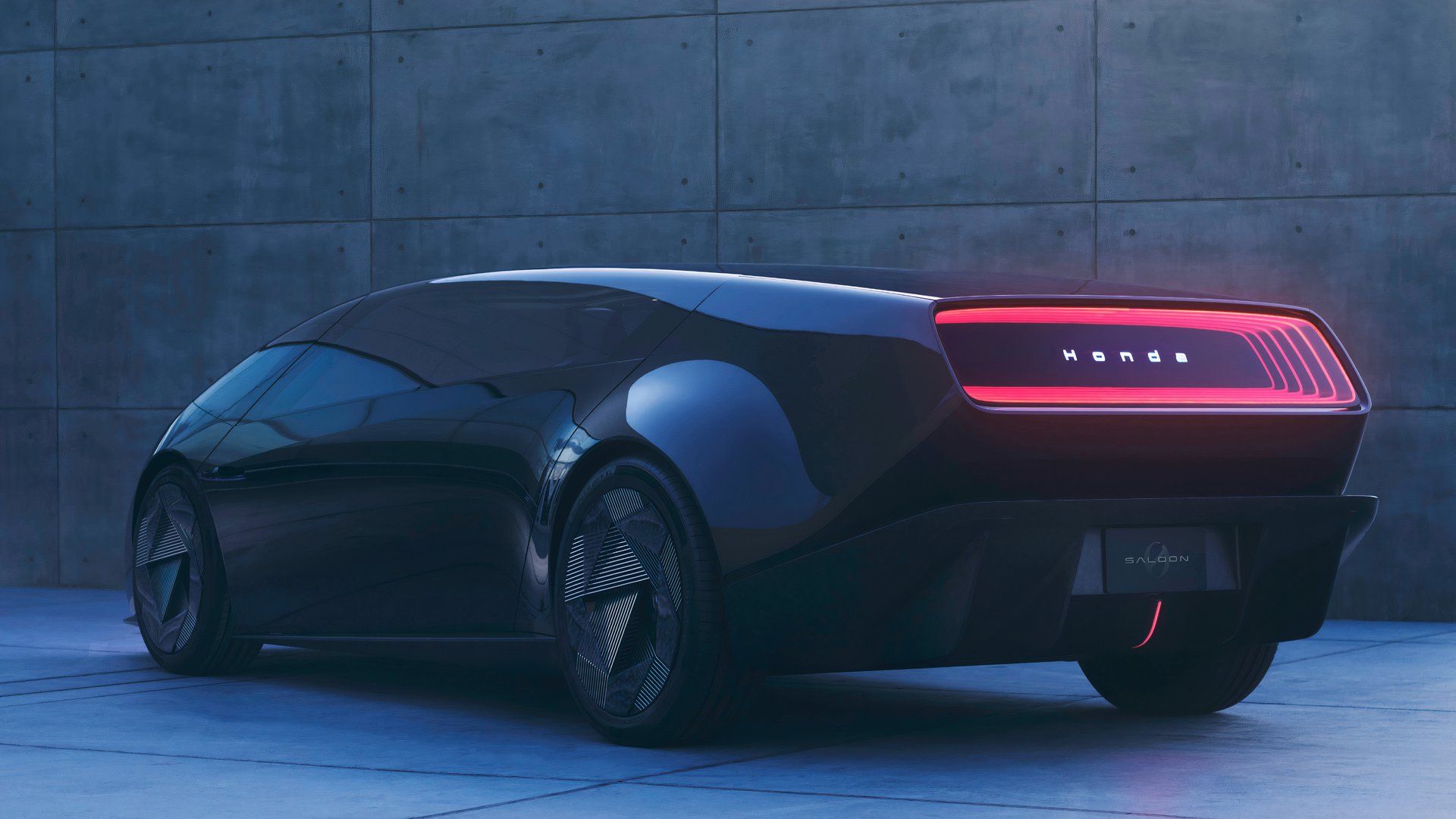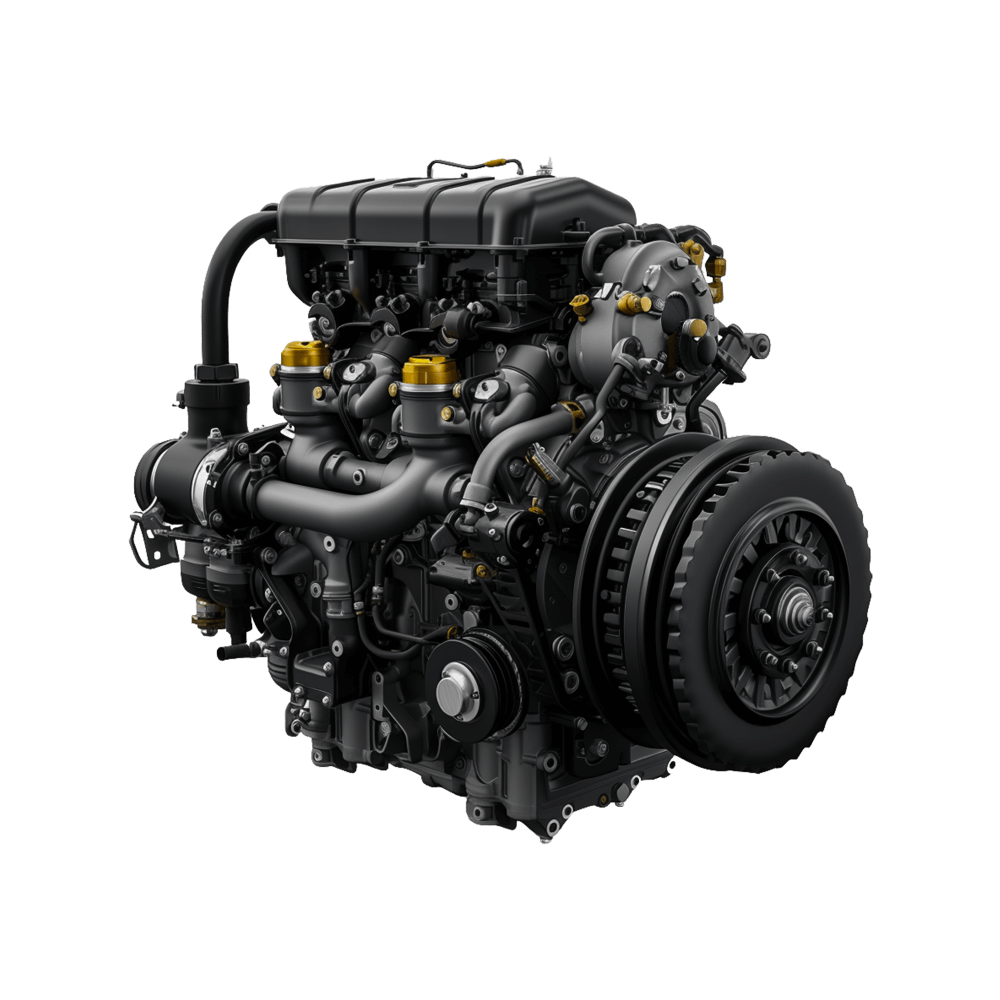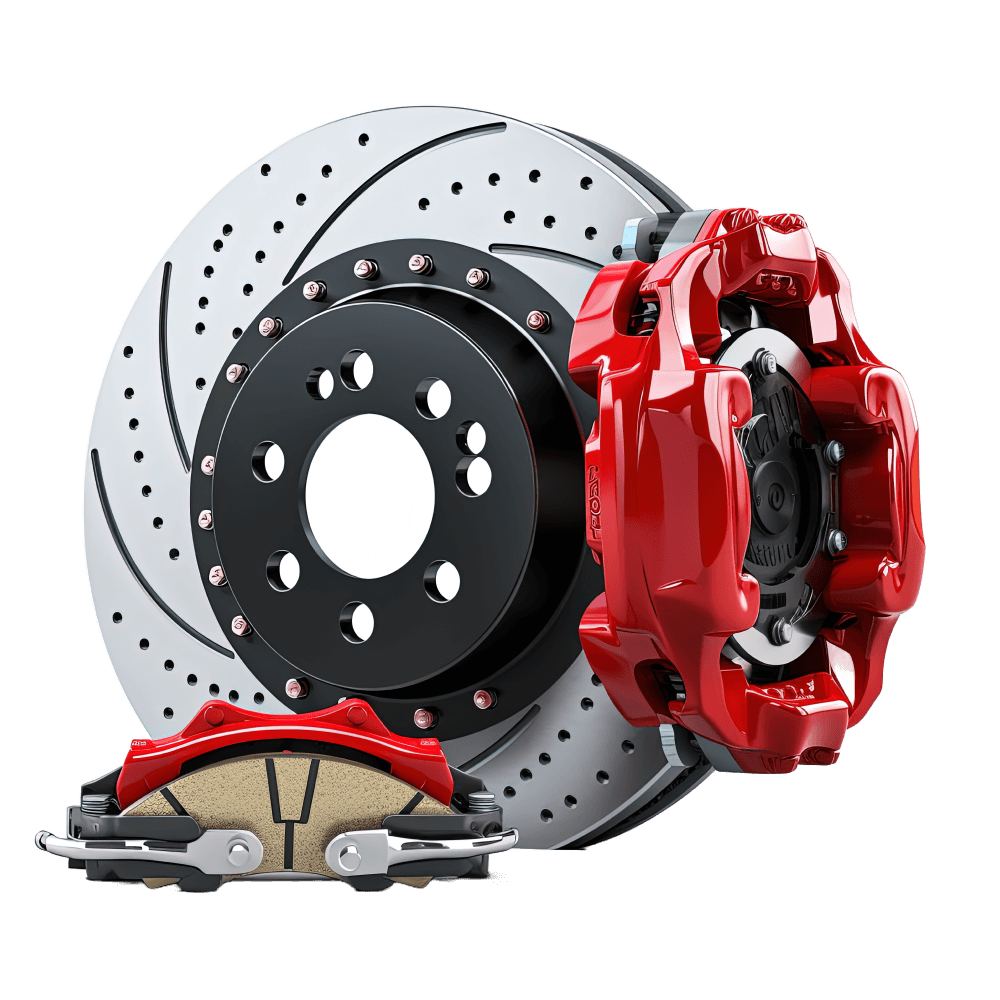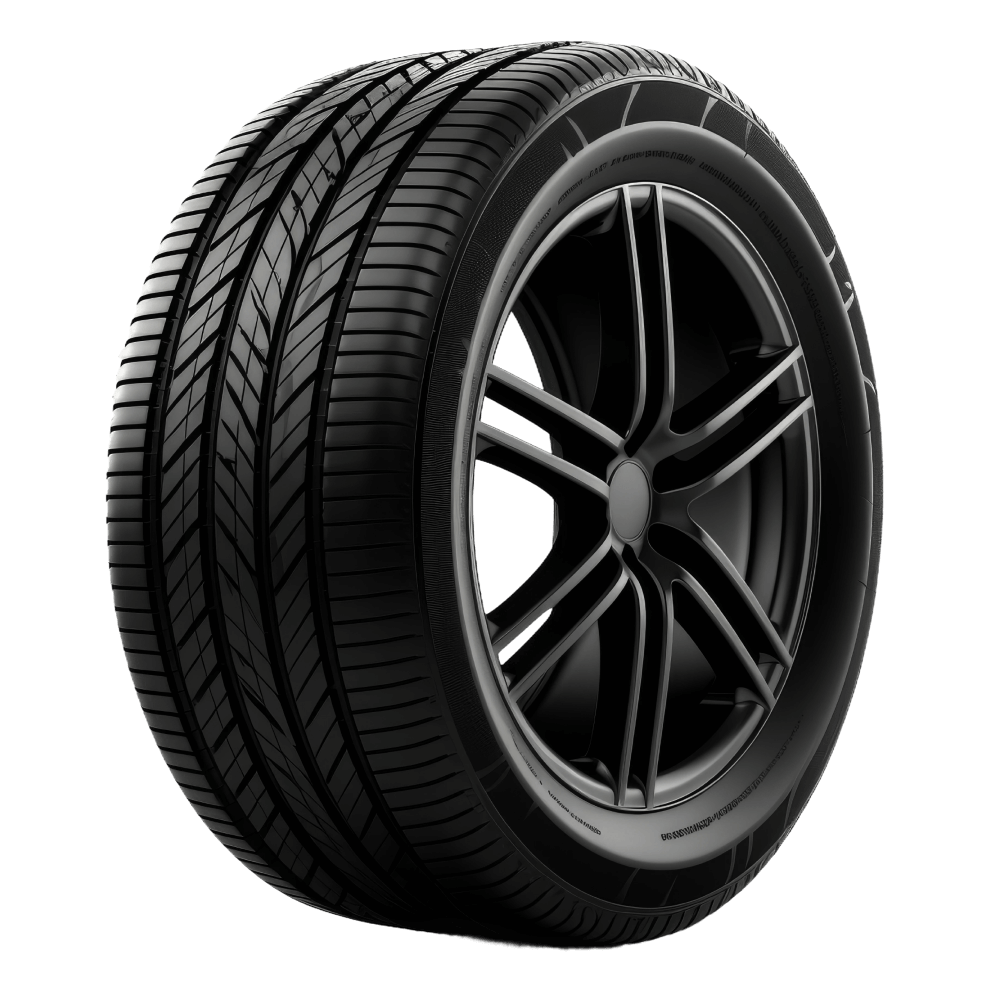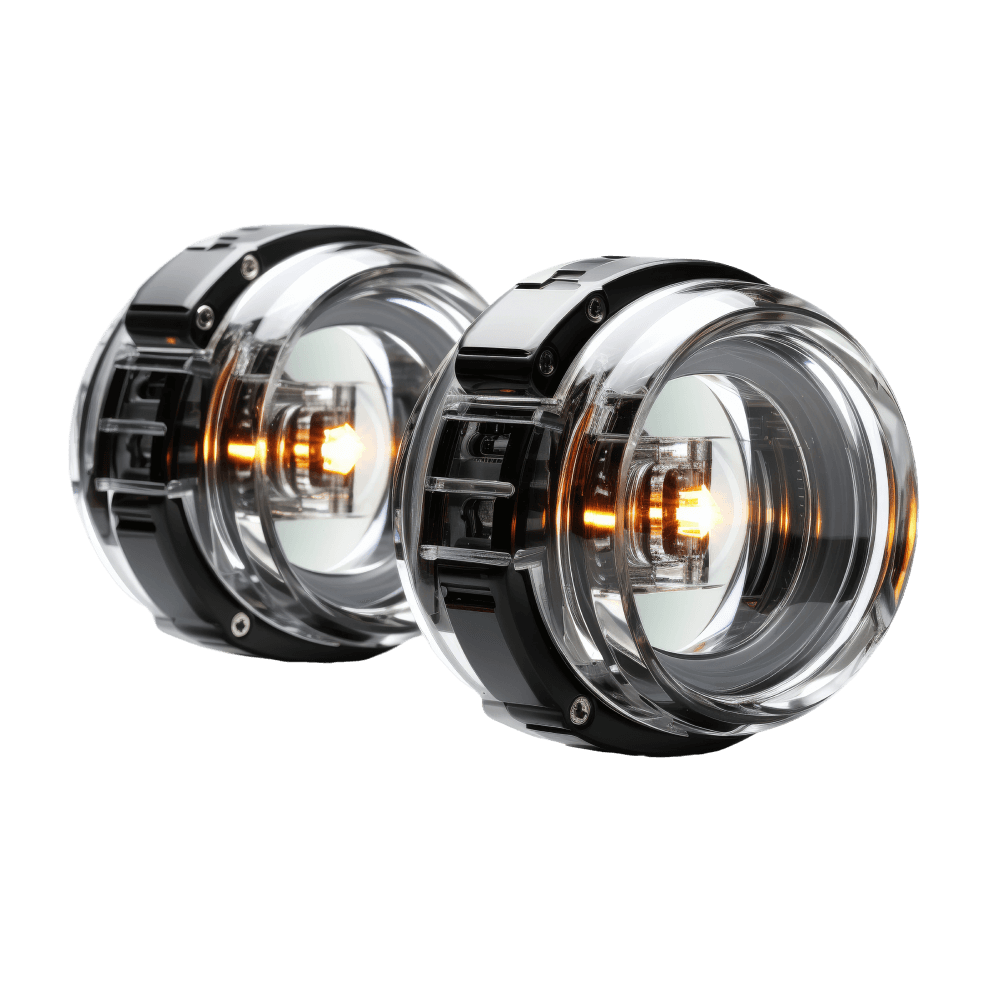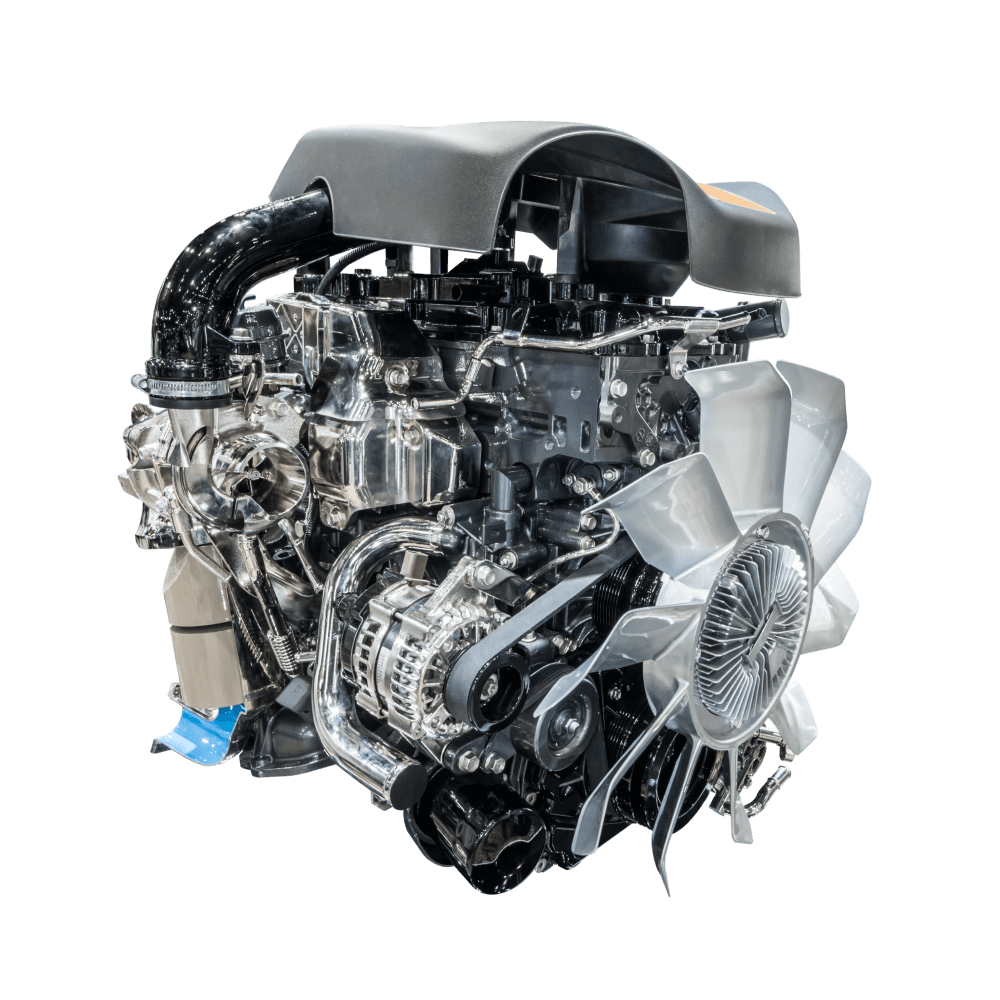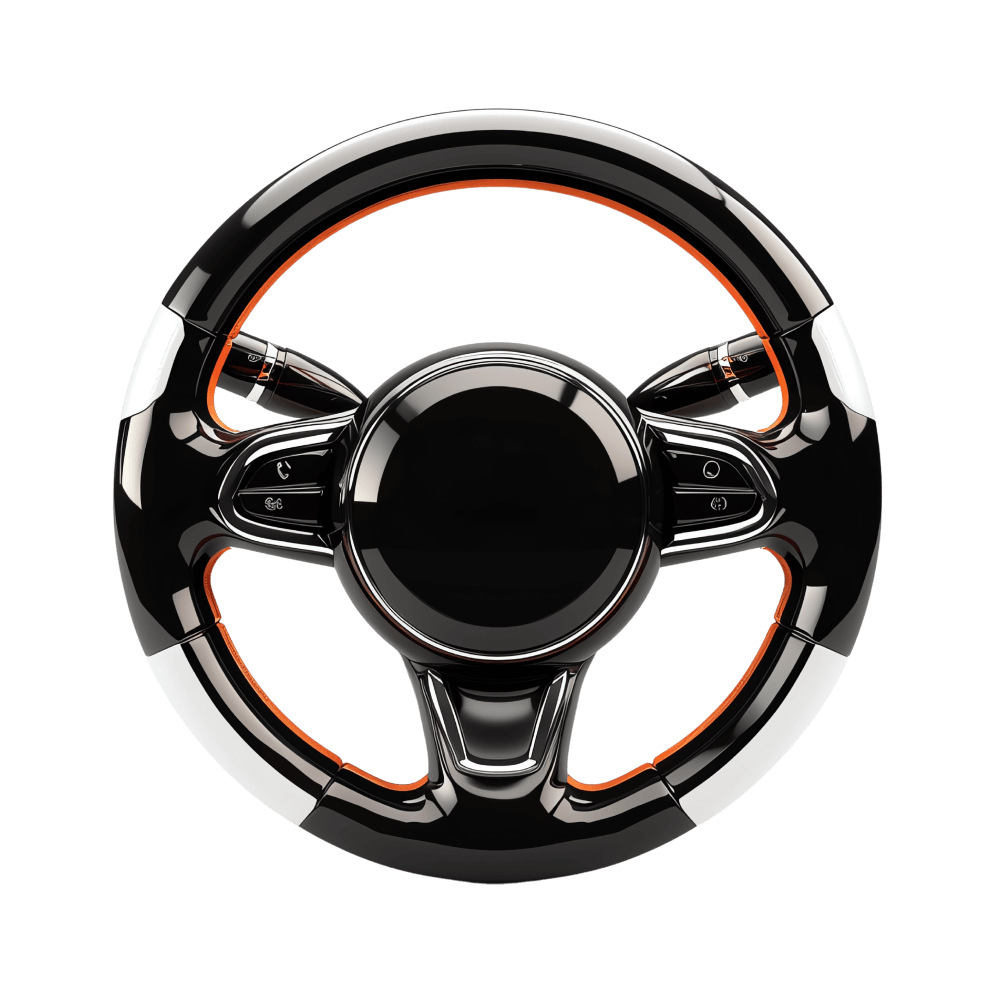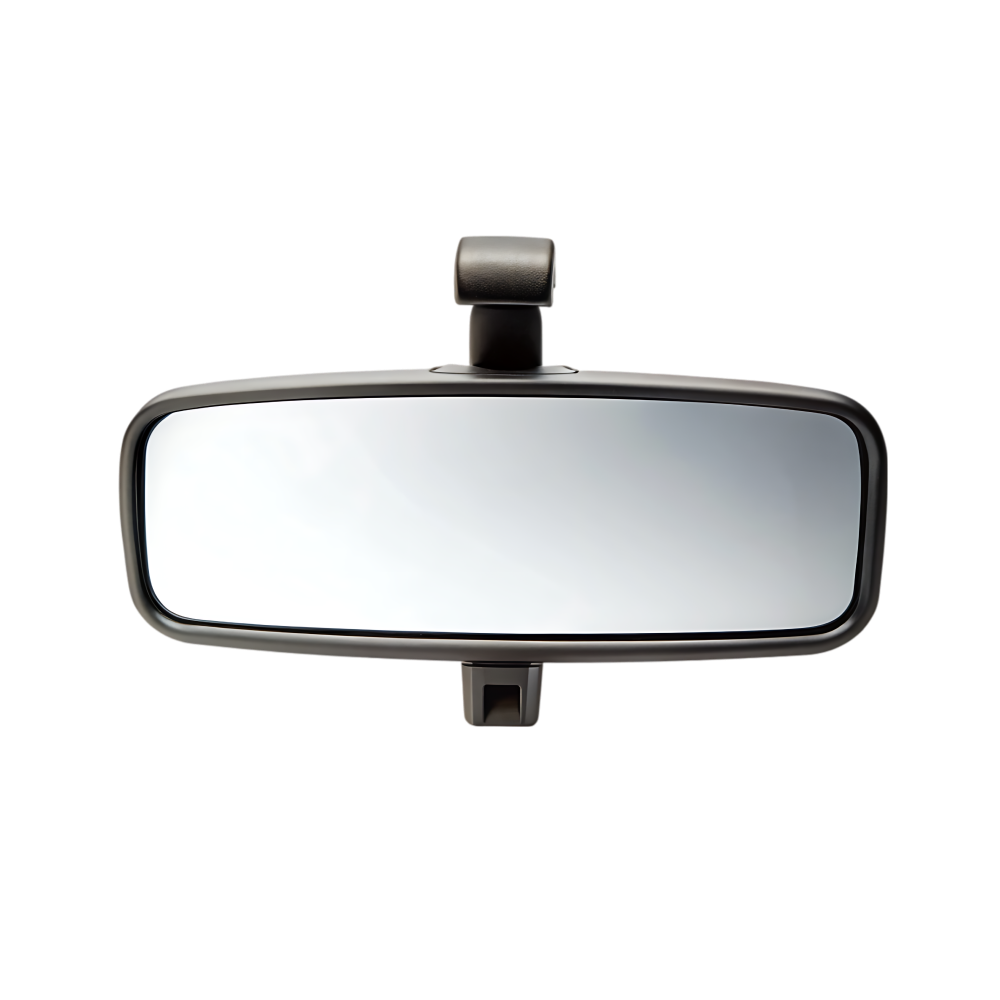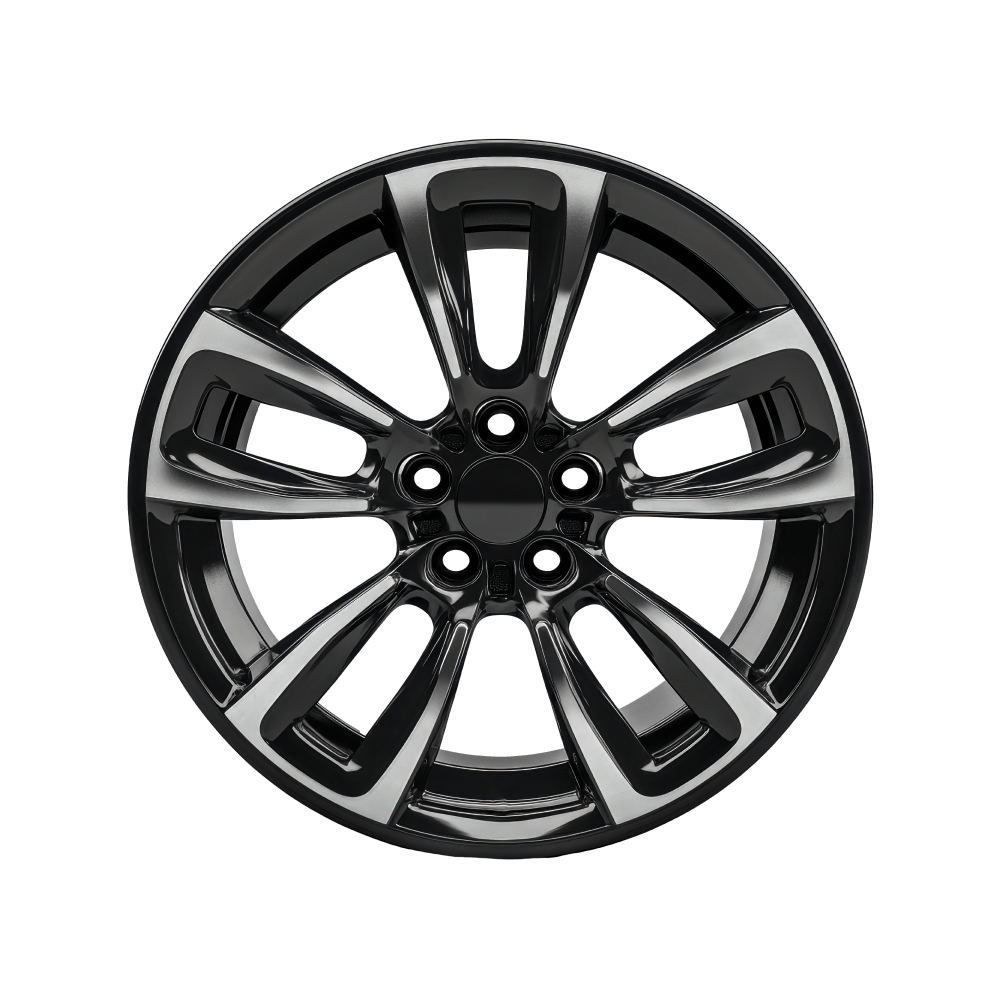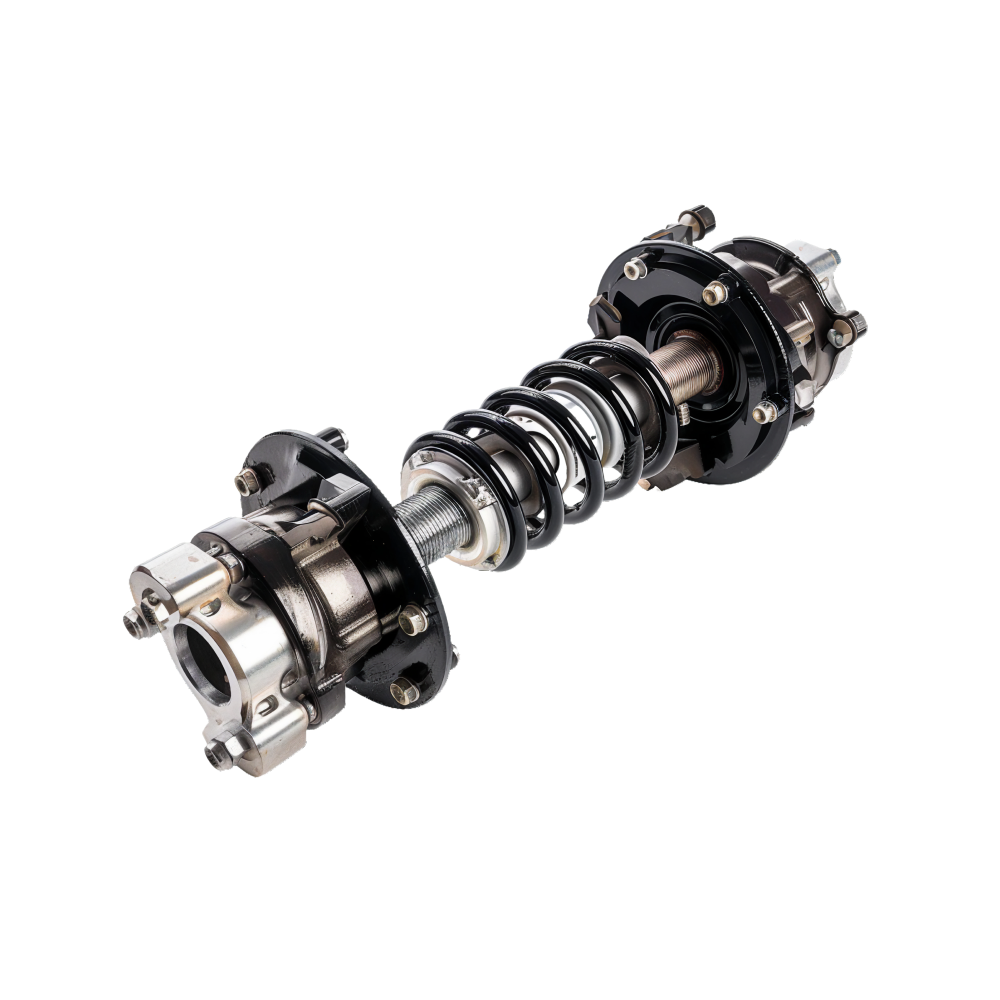Aside from the headline stories you may have already read about, including a new Acura concept car, a Buick design study that was unveiled in China, and Tesla potentially working on a smaller Cybertruck, there are plenty of other stories that have slipped through the cracks, and here are some that are still worthy of your attention.
Ford has been hard at work developing not one, but two future electric vehicles, though according to a report from Automotive News via Reuters, these models are being delayed to clear the way for a series of lower-priced models.
According to sources in the parts supply business, a new full-size, all-electric pickup truck – a successor to the F-150 Lightning – was slated to enter production in Tennessee at the automaker’s BlueOval City factory in 2027, but that has now been pushed back until 2028. This news also comes after the company canceled a three-row, all-electric SUV.
Pivoting away from pricey EVs, Ford is now borrowing a strategy from Chinese automakers by focusing on building smaller – and ostensibly far more affordable – electric vehicles. These offerings are expected to be built on a new platform that the company is slated to unveil early next week, so stay tuned for that story when it drops.
Meanwhile, over at Honda, the Japanese automaker just reported its first-quarter financial results for the 2025 to 2026 fiscal year, and things were not great. The manufacturer took a one-time charge of around $780 million associated with the development of electric vehicles, as well as tariffs in the U.S.
Not surprisingly, this expense ate into Honda’s profits, which fell to around $1.7 billion for the quarter. That’s a huge drop from the same period the year prior, where they brought in nearly $3.4 billion. Regarding this performance, one company executive noted that when it comes to future electric vehicles, they are not optimistic.
Like other automakers, Honda is having a hard time selling new EVs. In the U.S. last year, the manufacturer delivered a whisker more than 33,000 copies of its Prologue SUV, and nearly 7,400 examples of the closely related but much swankier Acura ZDX. In comparison, dealers moved 402,791 CR-V SUVs in 2024, a staggering difference.
Mercedes-Benz’s lineup of all-electric vehicles has been rather disappointing. The EQE sedan and SUV, as well as the four-door EQS models, are competent EVs to be certain, with upscale interiors, good range estimates, and plenty of technology, but the exterior styling of these vehicles has not resonated with drivers. Many EQ models look almost blob-like, thanks to their curving rooflines, soft shoulders, and rounded ends, but no more.
Moving in a new direction, the German luxury automaker teased its redesigned GLC EV (technically the GLC with EQ Technology, but who’s counting?) this week by releasing a photo of the SUV’s grille. Overall, the vehicle will wear a reworked version of the Sensual Purity design language that will hopefully put the rounded theme of its predecessors far in the rear view mirror.
The grille in question features a chrome-like finish and can be had with a series of backlit segments – 942 of them, to be precise – that provide a pixelated look, kind of like what Hyundai has been doing in recent years. “Our new iconic grille is not just a new front for the GLC, it redefines the face of our brand,” explained Gorden Wagener, chief design officer at Mercedes-Benz, in a media release. “It is the perfect fusion of lasting design codes reinterpreted for the future, making our cars instantly recognizable.”
Fortunately, we don’t have to wait long for the new GLC EV to be unveiled. This vehicle is expected to make its global debut at the IAA Mobility show in Munich on September 7.
Long the golden child of the electric vehicle world, Tesla has finally started to lose its luster. The manufacturer’s vehicle lineup – even its recently updated models – is rather stale, CEO Elon Musk’s erratic behavior has tarnished the brand, and American motorists seem to be shying away from EVs, which are often pricier than similar combustion-powered models, and they have a learning curve some folks just don’t want to deal with. According to a story on CnEVPost, Tesla is also continuing to lose ground in China.
In the world’s largest electric vehicle market, the automaker’s July deliveries totaled nearly 68,000 vehicles, a figure that includes vehicles sold in China, and manufactured there and exported to other markets. On its face, that seems like an impressive figure, but it represents an 8.4 percent year-over-year decline. In July of 2024, Tesla manufactured and sold 74,117 vehicles in China.
This is the latest data point in an unfortunate trend. Year over year, the automaker’s monthly deliveries have been falling for eight consecutive months, a major concern in the Asian nation, the most important EV market globally. To stem this tide, a new, extended-length Model Y L is slated to go on sale in the fall, but it remains to be seen if this will help bolster the brand’s sales. China is a tough market because the bloom is off the rose with Tesla and there are countless automakers that sell EVs that are technologically advanced and affordably priced.
Electric vehicles have numerous advantages over combustion-powered cars and trucks, but these machines are still far from perfect. Batteries have relatively modest energy-storage capacity, which limits vehicle range, many drivers are unfamiliar with EV charging, and then there’s the serious issue of fire.
Fortunately, this doesn’t happen terribly frequently, but if a lithium-ion battery ever ignites, it takes thousands and thousands of gallons of water to extinguish, plus they release plumes of toxic smoke. Beyond that, there’s the issue of reignition, another fire starting before a battery has been fully disposed of (hopefully recycled). In fact, one fire expert even recommends letting batteries completely burn themselves out to eliminate the risk of a future conflagration.
To avoid the issue of fire, which, as we learned a few months back, is absolutely devastating on the high seas, one cargo transport company has announced it’s banning “vehicles powered by large lithium-ion batteries.” According to a report from Industrial Equipment News via Yahoo! News, Matson, Inc. will no longer ship electric vehicles, and potentially hybrid and plug-in hybrid models as well.
The firm, which is headquartered in Honolulu, is a major vehicle transporter, moving cars and trucks to Hawaii and Alaska. This decision to stop shipping electric vehicles is effective immediately, a controversial but sensible decision.
We want to hear from you! Share your opinions in the thread below and remember to keep it respectful.
Your comment has not been saved
This thread is open for discussion.
Be the first to post your thoughts.
Five new affordable EVs are set to revolutionize the market, but which one will reign supreme?
Mazda doesn’t necessarily have a strong EV lineup at the moment, but hopefully, that will change by 2027 at the earliest.
Range anxiety remains an issue, but it won’t be around forever thanks to big tech.
These strikingly simple new EV designs redefine what “state of the art” means in the EV market, turning heads without compromising usability.
We have a rendering that is absolutely intriguing.
This new electric utility vehicle is handsome and promises to offer engaging dynamics.

